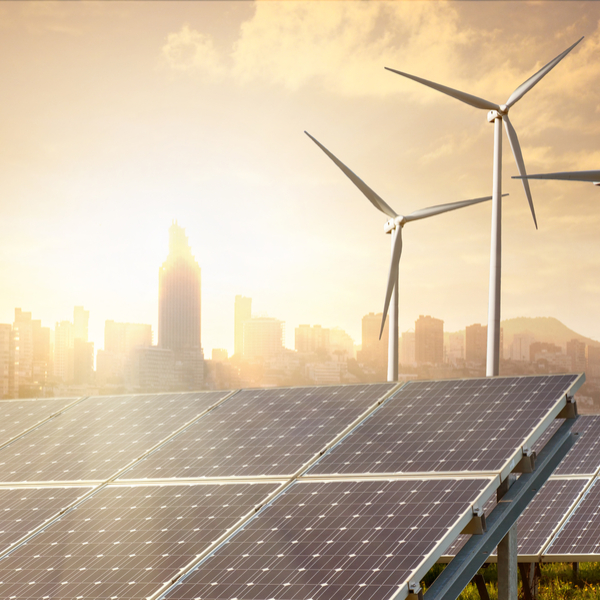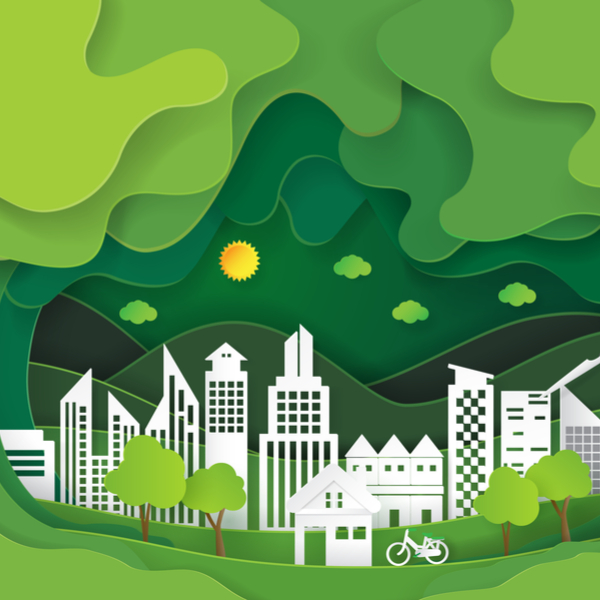Posted by: Hector Pollitt
Publish date: 30th December, 2019 | 12:37pm30/12/2019

In my studies I will be exploring how theories of complexity can be connected to post-Keynesian economics and, ultimately, Cambridge Econometrics’ E3ME model. Like any new student, my first task is a big pile of reading. Near the top of the pile is a return to Keynes’ General Theory.
The General Theory was written a long time before modern theories of complexity were developed. However, there are not really glaring inconsistencies or incompatibilities in the text.
It is true that Keynes does mention equilibrium a lot (something regarded as a lifeless planet by complexity scientists) but usually in the sense of something dynamic that the economy moves towards, rather than attains (p343).
Posted by: Hector Pollitt
Publish date: 12th November, 2019 | 2:07pm12/11/2019

In September 2019 our latest book, Energy, Environmental and Economic Sustainability in East Asia, was published. It presents the results of our recent research with the REEPS network of environmental and ecological economists in East Asia.
Our analysis highlights some of the key challenges and suggests some potential solutions.
It almost goes without saying that East Asia will play a critical role in future global sustainability. Even leaving aside the sheer size of China, the region accounts for a large and growing share of total emissions and resource use. However, the region is far from homogenous, with each of the four countries we focus on (China, Japan, Korea and Taiwan) facing its own unique environmental and political challenges.
Posted by: Hector Pollitt
Publish date: 11th June, 2019 | 3:42pm11/6/2019

E3ME continues to evolve with the hard work of our team of modellers here at Cambridge Econometrics and the input of our highly valued academic collaborators.
So, it is once again time for improvements.
E3ME version 7.0 is currently near completion and will become operational in July 2019. It will include:
- A complete update of the model database up to 2017/18
- Annual solutions out to 2100 for long-term climate analysis
- An improved approach to econometric parameter estimation
- More details on the financial system
- Integration of climate damages and feedbacks to health from air pollution
- A new version of the FTT:Power sub-model
- A new, more user-friendly model interface
- A revised model manual
Posted by: Hector Pollitt
Publish date: 3rd June, 2019 | 10:30am3/6/2019

The critics of macroeconomic modelling often refer to the models as ‘black boxes’, mystifying entities whereby data is input and a set of results come out at the other side – the inner workings of the model itself are opaque.
It’s important to us that our tools, their scope and limitations, are understood.
Here, our Head of Modelling Hector Pollitt follows up on his first blog entitled “What is macroeconomic modelling and why do we do it?” by outlining some of the most important features of Cambridge Econometrics’ E3ME as they compare to the more mainstream Computable General Equilibrium (CGE) models.
Posted by: Dora Fazekas
Publish date: 15th May, 2019 | 2:30pm15/5/2019

Blog by Michael I. Westphal, Dora Fazekas and Leonardo Garrido originally posted on the World Resources Institute website here.
The world is vastly underestimating the benefits of acting on climate change. Recent research from the Global Commission on the Economy and Climate finds that bold climate action could deliver at least $26 trillion in economic benefits through 2030.
This groundbreaking research, produced by the Global Commission and more than 200 experts, highlights proof points of the global shift to a low-carbon economy, and identifies ways to accelerate action in five sectors: energy, cities, food and land use, water and industry. The blog series, The $26 Trillion Opportunity, explores these economic opportunities in greater detail.
Posted by: Hector Pollitt
Publish date: 4th April, 2017 | 3:30pm4/4/2017

The model is currently being developed to incorporate further feedbacks, including the important links between local air pollution and human health, which will impact on the economy but also be important in their own right.
The land use tool currently being developed will introduce further feedbacks.
Recent results have shown the difficulty in limiting material consumption without reducing rates of economic growth, which could eventually point to a need to limit economic development.






